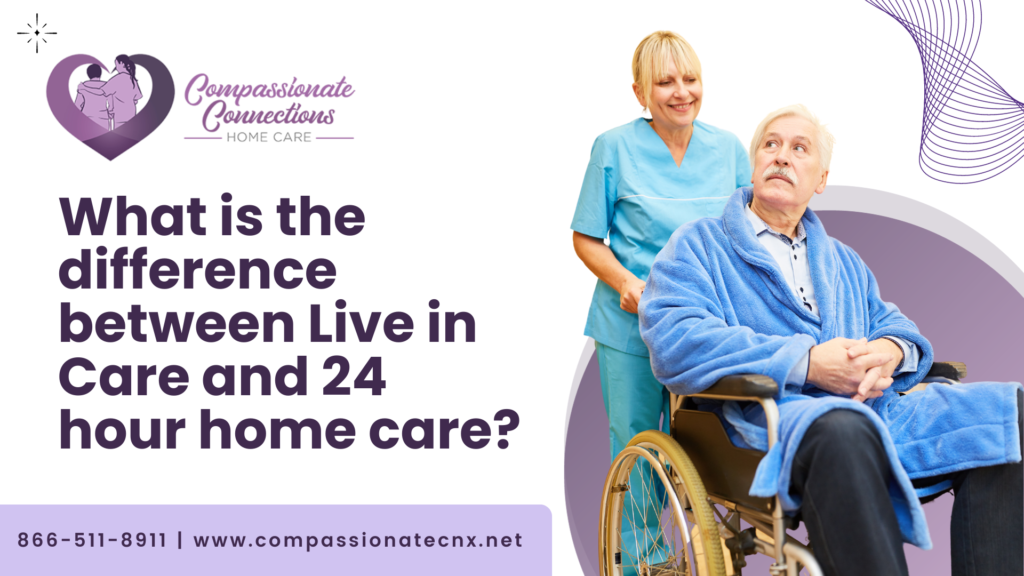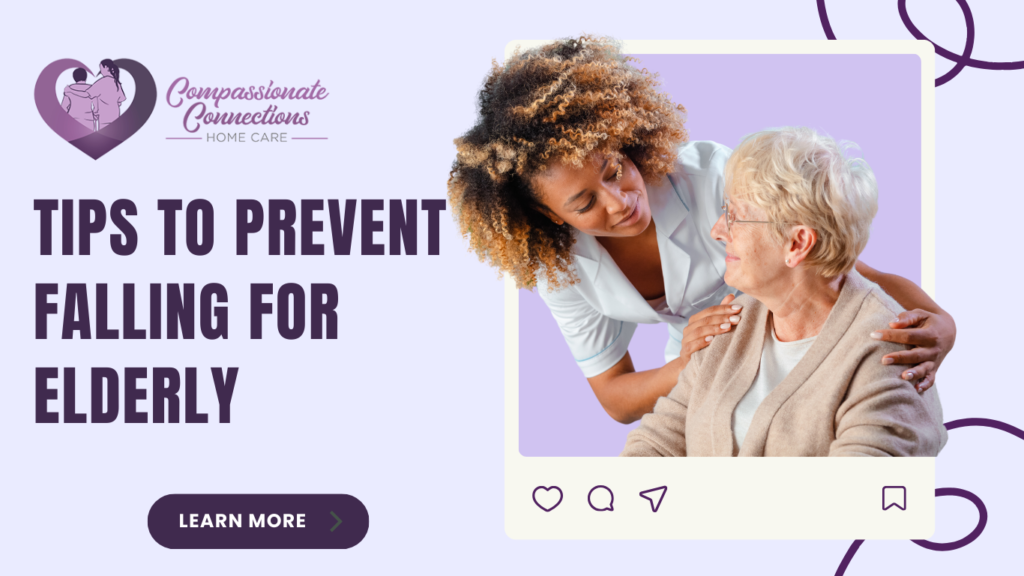Address: 3103 Eudora Road, Eustis, FL, 32726


Live-in care and 24-hour home care are both services that provide round-the-clock assistance to individuals in the comfort of their own homes. However, there are key differences between the two:
Live-In Care:
Caregiver’s Presence: In live-in care, a single caregiver lives in the client’s home for an extended period, often several days or even weeks at a time. They provide care and assistance during their entire stay.
Scheduled Breaks: Live-in caregivers typically have scheduled breaks during the day and a designated time for sleep at night. They are allowed uninterrupted sleep, with the understanding that they may need to attend to the client during emergencies.
Consistency: Clients receive care from one consistent caregiver for an extended duration, promoting familiarity and a stronger bond between the caregiver and the client.
Care Duties: Live-in caregivers are responsible for a wide range of duties, including personal care, housekeeping, meal preparation, companionship, and potentially medical support. The specific duties can vary based on the client’s needs.
Schedule: Live-in caregivers usually work on an extended shift, often lasting 24 hours, followed by several days off.
24-Hour Home Care:
Shift Work: 24-hour home care involves a team of caregivers who work in shifts to provide care around the clock. Caregivers rotate on a schedule, usually in shifts of 8 to 12 hours.
Continuous Monitoring: Unlike live-in caregivers, those providing 24-hour home care are usually awake and actively monitoring the client’s needs at all times. This ensures that there is always a caregiver available for assistance.
Multiple Caregivers: Clients receive care from multiple caregivers who work in rotations. This approach provides greater flexibility in addressing the client’s needs.
Care Duties: The caregiving team in 24-hour home care provides a full range of services, including personal care, medical support, medication management, meal preparation, companionship, and more.
Scheduling: Caregivers in 24-hour home care services follow a more traditional shift-based schedule. Care can be provided by individual caregivers or teams, ensuring there is always coverage.
In summary, the primary difference between live-in care and 24-hour home care is the scheduling and the number of caregivers involved. Live-in care involves a single caregiver who stays for an extended period, while 24-hour home care involves a team of caregivers working in shifts to provide care around the clock. The choice between the two depends on the client’s specific needs and preferences.

Preventing falls in the elderly is crucial to maintaining their overall health and well-being. Here are five simple tips to help reduce the risk of falling:
Exercise regularly: Encourage your elderly loved one to engage in regular exercise to improve strength, balance, and flexibility. Activities like walking, tai chi, yoga, and water aerobics can be particularly beneficial for improving stability and preventing falls.
Keep the home safe: Ensure the living environment is free of hazards. This includes removing clutter, securing loose rugs, and making sure that pathways are well-lit. Install handrails in key areas like staircases and bathrooms to provide extra support.
Medication management: Review your loved one’s medications with their healthcare provider to identify potential side effects or interactions that may affect balance or cognitive function. Ensure that medications are taken as prescribed.
Regular vision and hearing check-ups: Poor vision or hearing can significantly contribute to falls. Make sure your loved one has regular check-ups with their optometrist and audiologist to address any issues with sight or hearing.
Proper footwear: Encourage your elderly family member to wear supportive, well-fitting footwear with non-slip soles. Avoid high heels, open-toed sandals, or shoes with slippery soles that can increase the risk of falling.
In addition to these tips, it’s important to promote open communication with your loved one about their concerns and experiences related to falls. This can help identify and address any specific factors that may increase their fall risk. Finally, if you’re concerned about your loved one’s risk of falling, consult with their healthcare provider or a physical therapist for personalized guidance and recommendations.
An Alzheimer’s Hug is more than just an embrace; it’s a profound expression of love, care, and understanding.
When you’re supporting a loved one living with Alzheimer’s or dementia, this type of hug becomes a precious means of connecting on a deeper level.
It transcends the physical and reaches the emotional, nurturing a sense of security and belonging.
An Alzheimer’s Hug is not about the number of words spoken or remembered; it’s about the profound connection that transcends memory. It’s about saying, ‘I’m here for you, and you are loved.’ The power of touch and emotional connection knows no boundaries, even when memories start to fade.
#AlzheimersHug #DementiaCare #FamilyCare